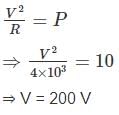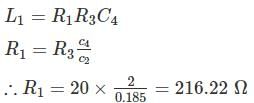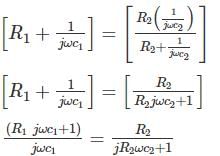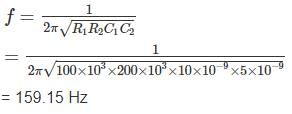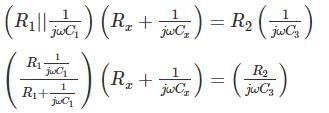Test: Electrical & Electronic Measurements- 5 - Electrical Engineering (EE) MCQ
10 Questions MCQ Test - Test: Electrical & Electronic Measurements- 5
For the bridge shown Z1 = 200 ∠20° Ω, Z2 = 150 ∠30° Ω and Z3 = 300 ∠-30° Ω. What is the value of Z4 so that the bridge is balanced?
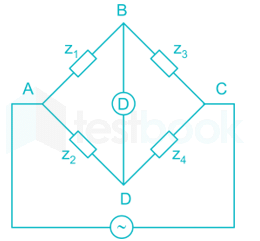

A simple slide wire potentiometer is used for measurement of current in the circuit. The voltage drop across a standard resistor of 0.6Ω is balanced at 60 cm. The magnitude of current if the standard cell of 4V is balanced at 50 cm is ______ (in A)
| 1 Crore+ students have signed up on EduRev. Have you? Download the App |
In the bridge circuit shown in figure when  then the voltmeter reads
then the voltmeter reads

 then the voltmeter reads
then the voltmeter reads
A resistance potentiometer has a total resistance of 4 kΩ and is rated 10W. If the range of potentiometer is 0 to 200 mm. then its sensitivity is _______ (in V/mm)
A length of cable was tested for insulation resistance using loss of charge method. A capacitance formed by sheath of cable of 300 PF is found to have drop in voltage from 300 V to 100 V in 120 seconds. Calculate the insulation resistance of the cable in MΩ
Calculate the value of effective resistance (in Ω) at a supply frequency of 100 Hz. (C4 = 2 μF)

Find the excitation frequency (in Hz) in the Ac Bridge shown in figure under balance condition. The circuit component values are given as
R1 = 100 kΩ,
R3 = R4 = 100 kΩ,
C1 = 2 C2 = 10 nF
The Schering bridge shown in figure has the following constant R1 = 1.5 kΩ, C1 = 0.4 μF, R2 = 3 kΩ and C3 = 0.4 μF at frequency 1 kHz. The dissipation factor is_______
The AC bridge is supplied with a source of frequency 5 kHz as shown in the figure. If the bridge is balanced at R1 = 4 R2 and C3 = 20 μF, the value of unknown capacitor Cx is _____ (in μF)
The dc potentiometer shown in the figure has working current of 10 mA with switch S open. Let Rg + R1 = 100Ω. The galvanometer G can only detect currents greater than 10 μA. The maximum percentage error in the measurement of the unknown e.m.f. Ex as calculated from the slider position shown is closest to






